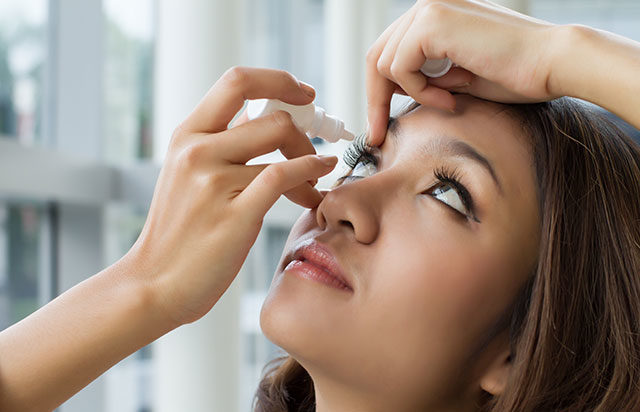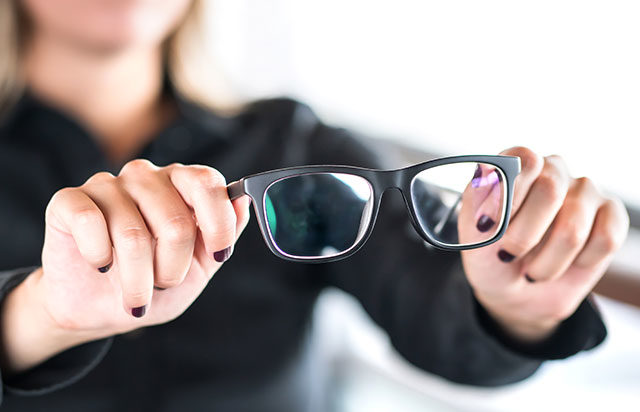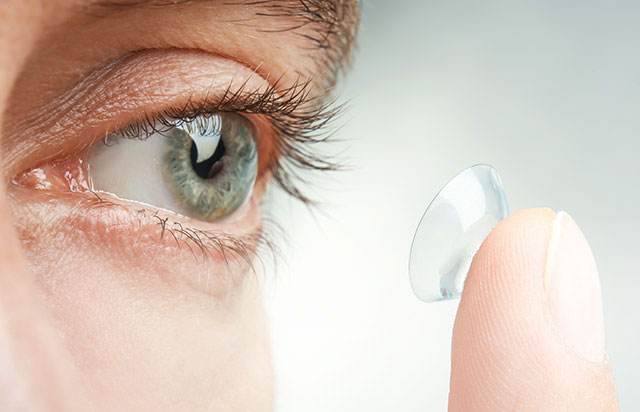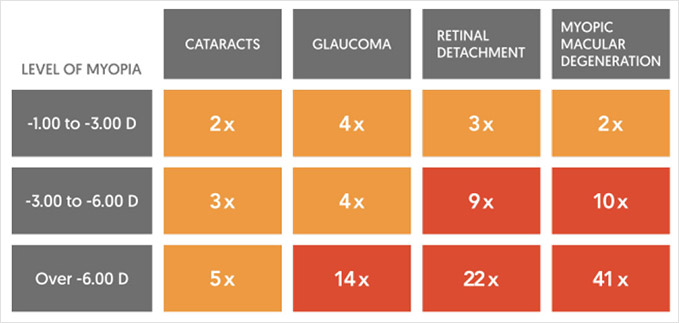
Addressing myopia emerges as a pressing challenge for optometrists, with projections indicating that by 2050, a staggering 50% of Australians will be affected. This concerning trend underscores the urgent need for proactive measures to mitigate the impact of myopia on eye health.
Extensive research has established a compelling link between escalating myopia rates and heightened risks of developing serious ocular conditions, including glaucoma, cataracts, macular degeneration, and retinal detachments. The implications of these findings are profound, emphasizing the imperative of intervention to curb myopia progression.
By actively managing and reducing a child's myopia, we not only diminish their reliance on corrective eyewear but also foster significant health benefits. Investing in strategies to mitigate myopia offers a promising avenue for safeguarding both visual acuity and long-term ocular health.




Myopia, commonly known as short-sightedness, is a refractive error that affects vision, particularly when viewing distant objects. In a myopic eye, images are focused in front of the retina instead of directly on it, resulting in blurred distance vision.
During growth and development, the various components of the eye must coordinate to ensure that incoming light is focused precisely on the retina. However, in individuals with myopia, the eyeball tends to be longer than normal or the cornea may be excessively curved. This elongation or excessive curvature causes light rays to converge in front of the retina, rather than directly on it, leading to the characteristic blurring of distant objects.
Myopia can vary in severity, with some individuals experiencing mild blurring while others may have more pronounced vision impairment. While myopia itself is not typically harmful to eye health, it can significantly impact daily activities and quality of life if left uncorrected.
Indeed, myopia is influenced by a combination of genetic and environmental factors, highlighting the complex interplay between nature and nurture in its development.
Genetics play a significant role in predisposing individuals to myopia, with a clear familial pattern observed in many cases. The risk of developing myopia is substantially higher if one or both parents are myopic, underscoring the hereditary component of the condition. Research suggests that if one parent is myopic, the likelihood of their child developing myopia is three times higher, while having both parents affected increases the risk sixfold. However, it’s essential to recognize that myopia can still occur in individuals without a family history of the condition, indicating the influence of environmental factors.
Environmental factors, such as lifestyle habits and behavioral patterns, also contribute to the prevalence of myopia. In today’s digital age, where screen time and indoor activities have become increasingly prevalent, children are spending less time outdoors, which has been associated with a higher incidence of myopia. Prolonged near work activities, such as reading or using digital devices, may further exacerbate the risk of myopia development, particularly when combined with limited outdoor exposure.
As the eye continues to elongate and stretch, the level of myopia increases with the risk of damage and disease. Below are some of the associated risks which can lead to loss of vision.

Conventional glasses will help your child see better but will not help slow down the progression of myopia. We have found that dual-focus contact lenses, atropine eye drops and orthokeratology (ortho-k) are the most effective methods for slowing down myopia progression.
Studies suggest that the peripheral retina plays an important role in the onset and progression of myopia.
Conventional glasses and contact lenses produce a clear image on the central retina but, due to the shape of the eye, they produce a blurred image on the peripheral retina. This peripheral hyperopic defocus has been shown to be a strong signal for the eye to elongate and become myopic.
Ortho-k, atropine eye drops as well as myopia control spectacle lenses and soft control lenses have been shown to reduce this signal for eye elongation. For more information on how each is used to treat myopia, please click on the links above.



































